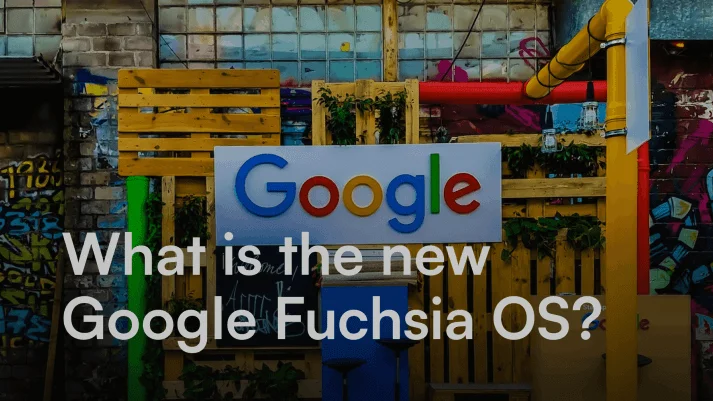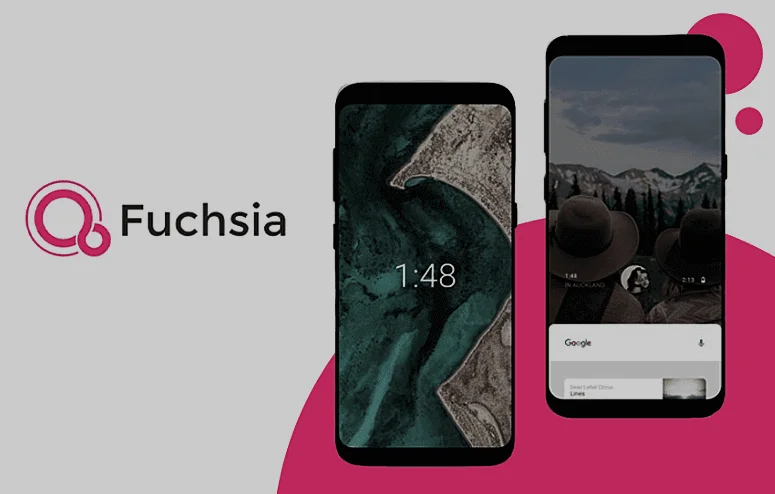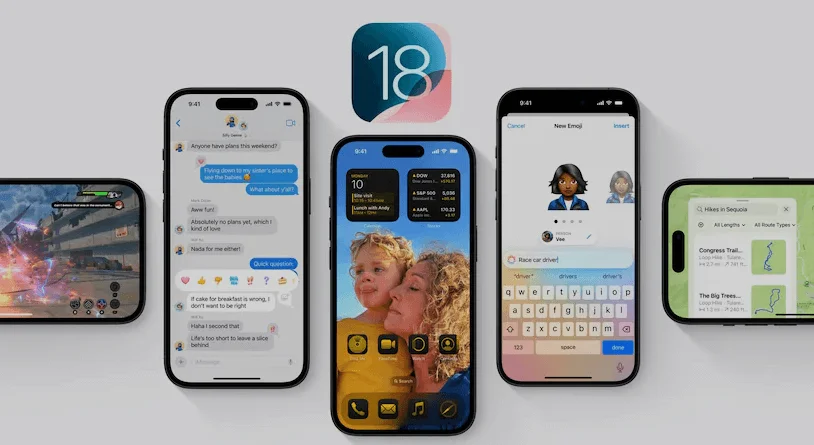Introduction To Google’s Fuchsia OS
Since 2016, Google has been quietly developing a new operating system known as Google’s Fuchsia OS. Android and ChromeOS, that are familiar to the company, Fuchsia has an entirely different concept altogether. The operating system was first debuted in a commercial product in 2021 with the release of the first generation Nest Hub but its full possibilities for smart home devices are yet to be fully shown. Currently trends show that Google may be gradually setting up for releasing pop version of Fuchsia OS on Android smartphones.
Technical Foundations Of Google’s Fuchsia OS

Fuchsia OS is easily recognizable because unlike Android and ChromeOS, it doesn’t use the Linux kernel at all. On the contrary, Fuchsia runs on Zircon – microkernel that introduced improvements in the field of security and stability. Google’s justification for such an architecture is in the effort to limit the amount of code that runs and thus exudes trust within the system in a bid to contain as many points of attacks as possible.
Stripped-Down Fuchsia OS On Android
This was revealed by Mishaal Rahman from Android Authority, where he stated Google developers are busy developing a minimal version of Fuchsia OS capable of running on Android deviceさ virtual machines. However, it is still distant how exactly Fuchsia is to be integrated into Android, and what role it is to play, but in any case, the integration may bring many advantages in terms of resource optimization and modularity. This move points to Google’s strategic plan of utilizing the microkernel advantages to improve the operating systems of android.
Potential Advantages For Android
Fuchsia OS could offer several benefits if integrated into future Android versions:
- Enhanced Security: The microkernel architecture of Fuchsia OS might set up more secure environment as many of the components are remoted and there is less code present by default which is considered trusted and thus safer.
- Improved Efficiency: It can be inferred that since fuchsia is lighter in weight it can help in increasing the performances of Android devices and potentially battery life as well.
- Increased Flexibility: Running Fuchsia OS on a virtual machine within Android could enable new use cases and applications that require a more modular and adaptable operating system.
Project Microfuchsia And Virtualization Efforts
In April 2024, Google launched a project named microfuchsia, aiming to make Fuchsia OS bootable on devices through virtualization. This project could pave the way for broader deployment of Fuchsia across various devices. Recent patches submitted to the Android Open Source Project (AOSP) include references to microfuchsia. This suggests that active development is underway. Integration efforts are also in progress.
Virtualization On Android: The Ferrochrome Project

Google’s experimentation with virtualization on Android isn’t new. The company previously showcased ChromeOS running on a Pixel device under the project name Ferrochrome. While initially presented as a proof of concept, Google later revealed that it is developing an app called “Ferrochrome launcher.” Google is committed to exploring virtualization technologies. Fuchsia OS could be the next significant step in this direction.
Future Implications
Fuchsia OS is unlikely to replace Android or ChromeOS soon. However, its integration into Android through virtualization could signal an important change. Fuchsia could possibly replace microdroid, a lightweight version of Android for on-chip computing. Fuchsia may provide better and safer usability for selected tasks. Microdroid is a version of Android designed for on-chip computing.
Conclusion
In conclusion, Google is currently developing Fuchsia OS, a microkernel-based operating system. Fuchsia OS is designed to be secure, performant, and adaptable. It may be incorporated with Android in the future through virtualization. Fuchsia OS is being developed to run on Android devices. It might replace microdroid. Fuchsia OS is designed to offer a more flexible and extendable system. Ferromicrochrome and Microfuchsia, although are only concepts, show that Google is ready to move to the virtualization. The Fuchsia operating system is unlikely to replace Android or ChromeOS in the near future. However, the integration of this shell could indicate a fundamental change. This change could lead to more efficient and secure performance.
As for me, that Fuchsia OS is included into Android is rather promising because it gives a hope for increasing the protection level and making the system more fast. There was an opportunity for simpler, MF syslog, and more stable operating system because of microkernel architecture and the small amount of code. This is something that I am really looking forward to regarding Google and it will be interesting to know the options it will be coming with. Are you aware that the incorporation of Fuchsia OS into Android has the potential of bringing countless changes to this client interface? What are your predictions for the future, will Google completely move away from Android and go with Fuchsia OS, or these two will be parallel?
Read Also: Google’s Plan To Integrate Android Features And AI Tools Into ChromeOS

